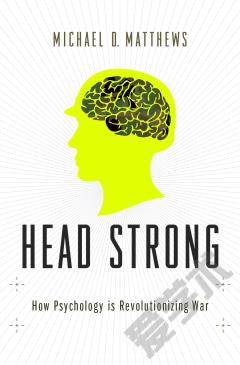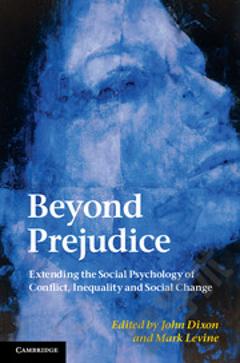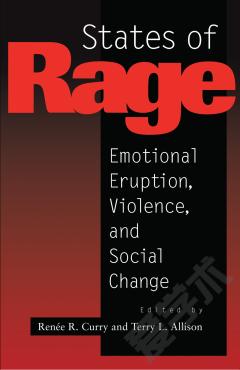The Psychology of Radical Social Change: From Rage to Revolution
Since 2011 the world has experienced an explosion of popular uprisings that began in the Middle East and quickly spread to other regions. What are the different social-psychological conditions for these events to emerge, what different trajectories do they take, and how are they are represented to the public? To answer these questions, this book applies the latest social psychological theories to contextualized cases of revolutions and uprisings from the eighteenth to the twenty-first century in countries around the world. In so doing, it explores continuities and discontinuities between past and present uprisings, and foregrounds such issues as the crowds, collective action, identity changes, globalization, radicalization, the plasticity of political behaviour, and public communication.
{{comment.content}}








 京公网安备 11010802027623号
京公网安备 11010802027623号